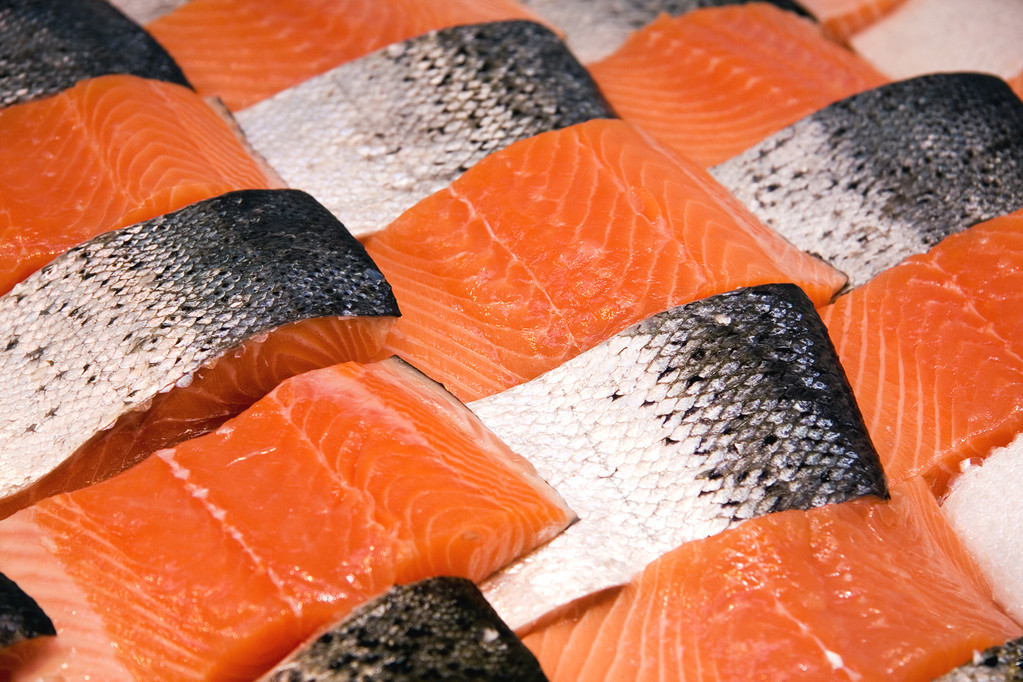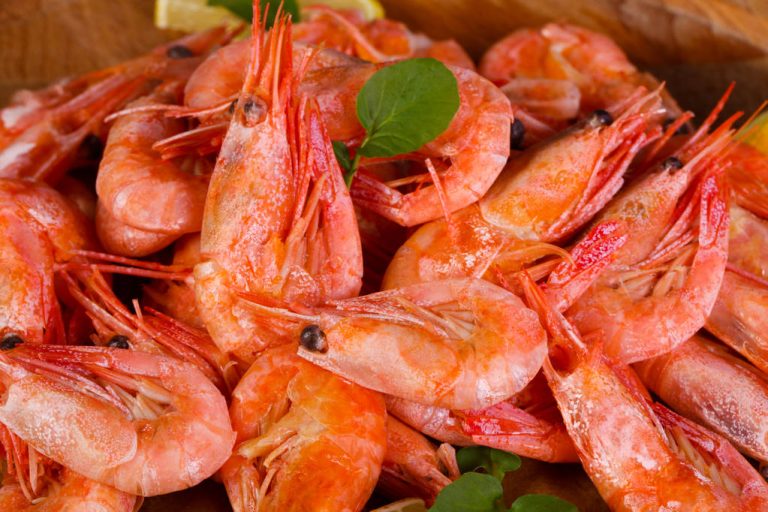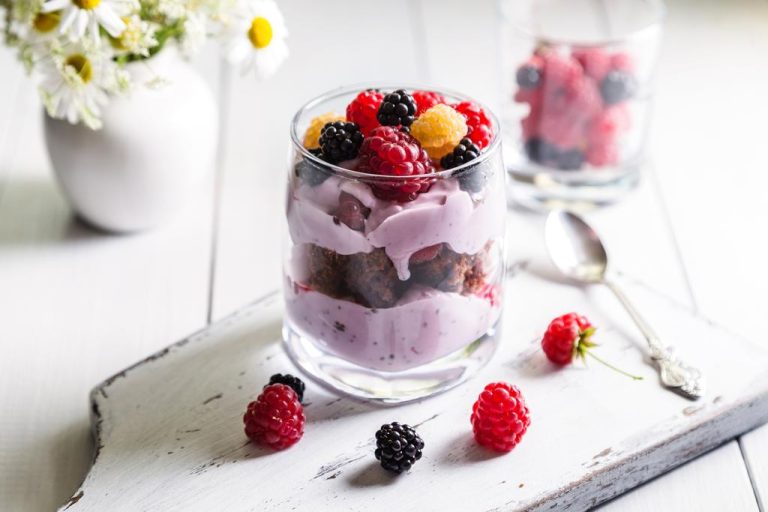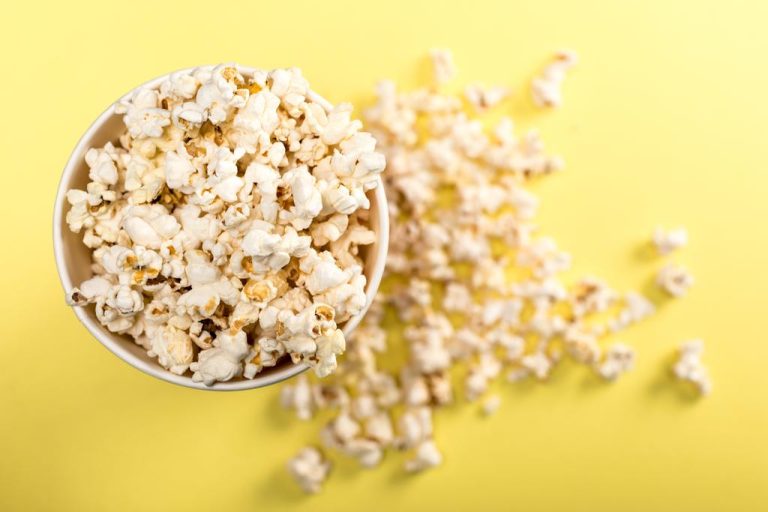For a healthy intestine and a strong immune system, it is advisable to integrate probiotic foods into the diet. You can find out which foods are particularly rich in this article.
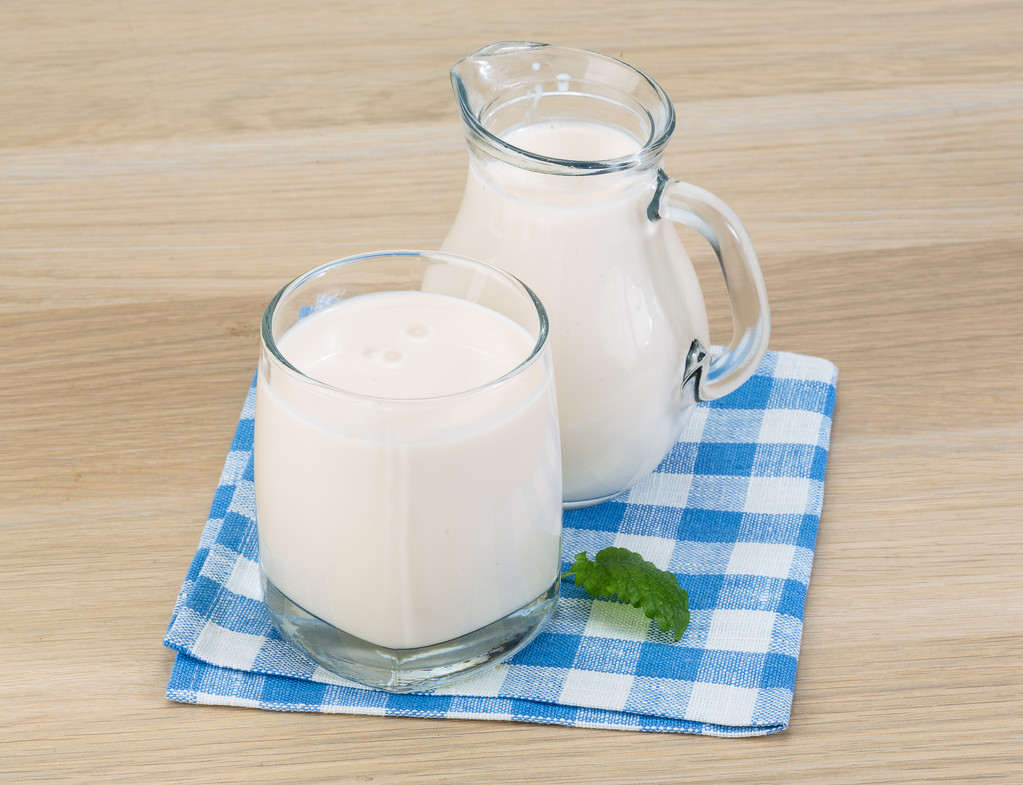
What are probiotic foods?
Probiotic foods should strengthen the natural defenses and keep the intestines healthy. But what is behind it?
Probiotic comes from the Greek and means something like: for life. The World Health Organization (WHO) defines probiotics as edible microorganisms that are beneficial to health when they enter the human intestine alive.
Probiotic foods therefore contain a high amount of these living microorganisms, such as yeast or bacteria. These arise, for example, during lactic acid fermentation, which has been used to preserve food for thousands of years. Strains of Bifidobacteria, Enterococcus, Lactobacillus, Lactococcus and Streptococcus are most commonly used in food.
You should be skeptical about fitness yoghurts and dinks that are advertised as probiotic. In most cases, the promises made in advertising cannot be kept, since the added bacteria die off during the storage period in the cup. In addition, such products with high sugar content can promote the growth of harmful intestinal bacteria.
Health effects of probiotic foods
Up to 500 different types of bacteria live in the human intestine. Ideally, the majority of these bacteria should be beneficial. They are essential for healthy digestion and also for a strong immune system, because probiotics can activate immune cells and thus protect the body from diseases. People with healthy intestines are therefore less likely to get sick.
In addition, probiotics may prevent allergies and skin diseases and prevent intestinal diseases. The positive effects of some lactic acid bacteria on diarrheal diseases are scientifically proven: the duration of the symptoms can be reduced by an average of one day.
Especially after antibiotic treatment, you should take enough probiotics to rebuild your intestinal flora. This includes foods that naturally contain probiotics. In order for probiotics to develop their positive effect on the intestine, you should take them daily over a longer period of time. For healthy people, however, a balanced diet with lots of fresh fruit and vegetables as well as whole grain products is usually sufficient to maintain intestinal health without having to take probiotics regularly.
Sauerkraut: probiotic superfood
This home cooking side dish has it all: sauerkraut contains plenty of vitamin C and B12, fiber and live lactic acid bacteria. These are formed during the fermentation process that turns cabbage into easily digestible sauerkraut. The healthy ingredients in sauerkraut support cell renewal and blood formation and ensure regular digestion.
But be careful: Only raw sauerkraut is suitable as a probiotic food. When heated, the healthy bacteria and vitamins die off. When buying, you should therefore make sure that your sauerkraut has not been pasteurized. The sauerkraut juice that is produced during fermentation is also rich in lactic acid bacteria.
Probiotic bomb kimchi
The traditional Korean dish is a side dish that is served with most dishes. Kimchi is made from Chinese cabbage, similar to sauerkraut, and contains various vitamins and minerals. These include vitamin C, vitamin A, many B vitamins such as vitamin B1, B2 and B12, iron and various amino acids. Like sauerkraut, the probiotic food is rich in fiber and thus supports healthy digestion.
Traditionally, kimchi is not vegan as it is made with fish sauce. But you can easily make it yourself and adapt it to your needs. You can simply replace the fish sauce with soy sauce. This makes kimchi a good source of probiotics for vegans too.
Yogurt as probiotics
Yoghurt produced by lactic acid fermentation is a good source of probiotics. Conventional yoghurts usually contain strains of the bifidobacterium and lactobacillus, which are artificially propagated and added to the yoghurt.
Important: The yoghurt must be relatively fresh so that it still contains enough living lactic acid bacteria. Regular consumption of natural yoghurt is said to prevent constipation and diarrhea. However, sweetened yogurts with additives are not conducive to gut health.
Just like other dairy products, yoghurts are also increasingly being criticized for health concerns. Industrial factory farming makes an increased use of antibiotics necessary and antibiotic residues have already been detected in dairy products such as cheese, quark and yoghurt. Consuming such products would damage the gut rather than build it up. It is therefore better to opt for organic products or use soy or coconut yoghurt. The same microorganisms are added to these yoghurts, but they consist of purely plant-based raw materials.
Probiotic foods: kefir
Kefir is a fermented, viscous milk drink made from goat’s or cow’s milk. Kefir has a full-bodied, slightly sour taste. To make kefir, a kefir fungus must be added to the milk, which causes the lactose to ferment. Yeasts are also added, which produce small amounts of carbonic acid and alcohol. The ripening process takes about 24 hours.
Kefir is rich in calcium, magnesium and phosphorus and contains vitamins B2, B12 and vitamin D. As with yoghurt, you should also make sure that the kefir product is fresh and organic. In this way, a particularly large number of living bacteria can get into the intestine and health disadvantages can be avoided.
Probiotic and delicious: pickles
Pickled cucumbers and other pickled vegetables are great vegan sources of probiotics, as is sauerkraut. With regular consumption, they can contribute to healthy digestion and strengthen the immune system.
However, this only applies if the vegetables have traditionally been preserved by lactic acid fermentation and not simply mixed with vinegar. It is therefore advisable to pickle cucumbers and other vegetables yourself, as most products from the supermarket do not contain any live lactic acid bacteria.
Apple cider vinegar as a natural probiotic
Many people are familiar with apple cider vinegar, but few are aware of its probiotic effects. Apple cider vinegar is made from apples. These are fermented into cider, which is then used to make vinegar. Here, too, lactic acid bacteria form during fermentation. In addition to the benefits for gut health, apple cider vinegar is also said to help fight colds and inflammation.
When buying, make sure that you use a natural product. You can recognize such apple cider vinegar by its cloudy golden-brownish colour. In addition, streaks or particles remaining after the fermentation process should be visible.
Vegan Probiotic: Miso
The aromatic paste from Japan usually consists of soybeans and rice or barley. In traditional production, the miso paste has to mature for several months in order to obtain its typically spicy taste through fermentation. At the same time, the probiotic lactic acid bacteria are formed. Miso is an integral part of Japanese cuisine. Aside from the significant amount of probiotics, miso contains fiber and protein.
Miso is also an ideal source of probiotics for vegans, because the paste is made without animal ingredients.
Probiotic trend drink Kombucha
Kombucha is made from herbal or black tea. The kombucha fungus is added to this, which ensures the fermentation of the tea. In addition to the lactic acid bacteria, acetic acid, carbonic acid and small amounts of alcohol are also produced during fermentation. Depending on the type of tea, Kombucha also contains caffeine.
Fresh kombucha is an excellent probiotic food. It is said to contribute to the health of the intestinal flora and protect against harmful bacteria through a slight antibacterial effect. However, this only works if there are enough living microorganisms in the drink. Unfortunately, this is not the case with most products from supermarkets. Due to the high level of processing and the long storage time, the positive health effects on the intestines cannot be achieved.

Tempeh: vegan probiotic food
Whether in salads, as a hearty main course, or as a snack – tempeh has it all. The traditional Indonesian product is made from soybeans that are inoculated with a special mold. This starts the fermentation that creates the unique texture of the tempeh and allows a lot of healthy bacteria to grow. Tempeh is rich in minerals such as magnesium, phosphorus and potassium and proteins, which can be used particularly well by the body through fermentation.
Tempeh is tasteless without seasoning and is suitable as a meat substitute in various dishes. The probiotic food is particularly appreciated by vegans and health-conscious people.
